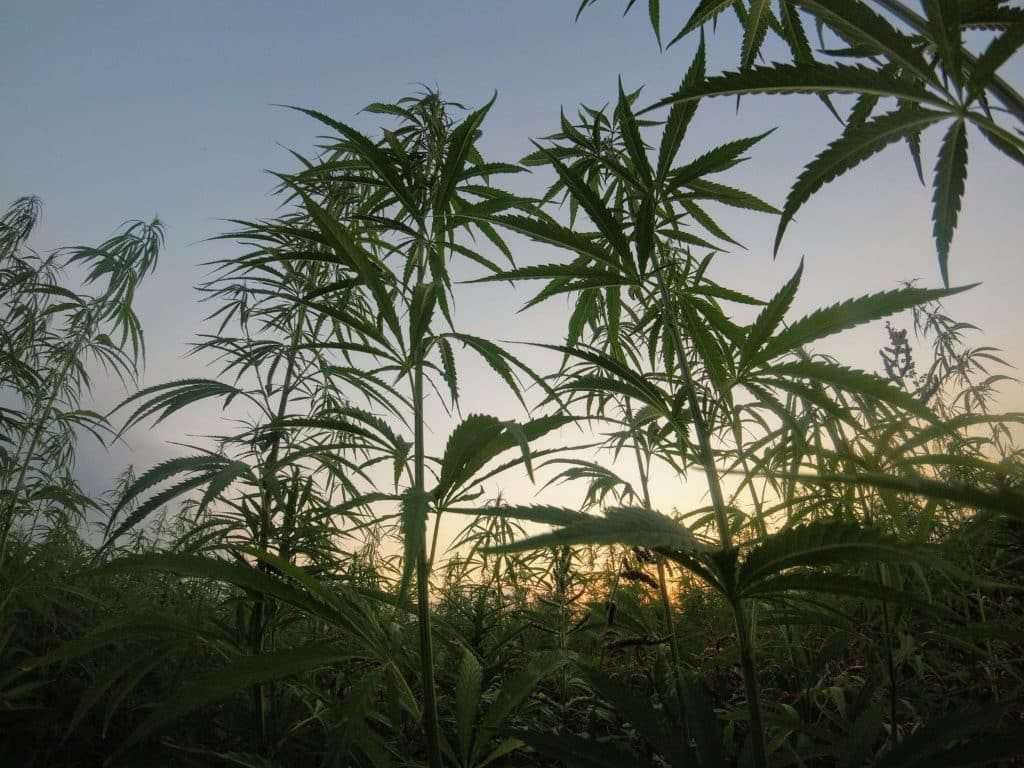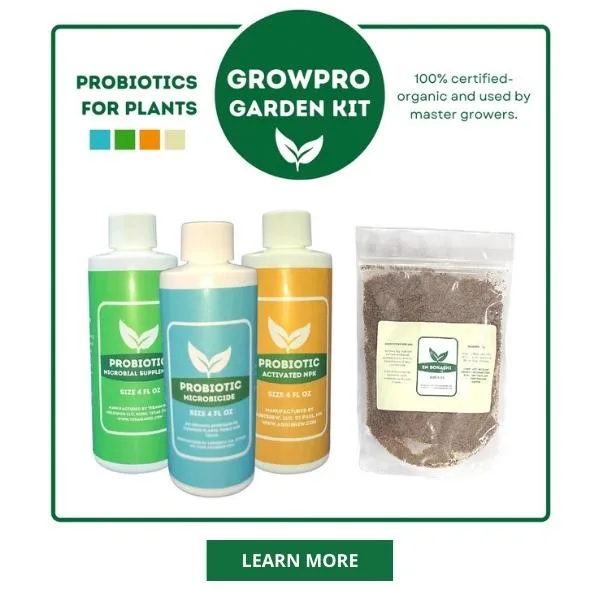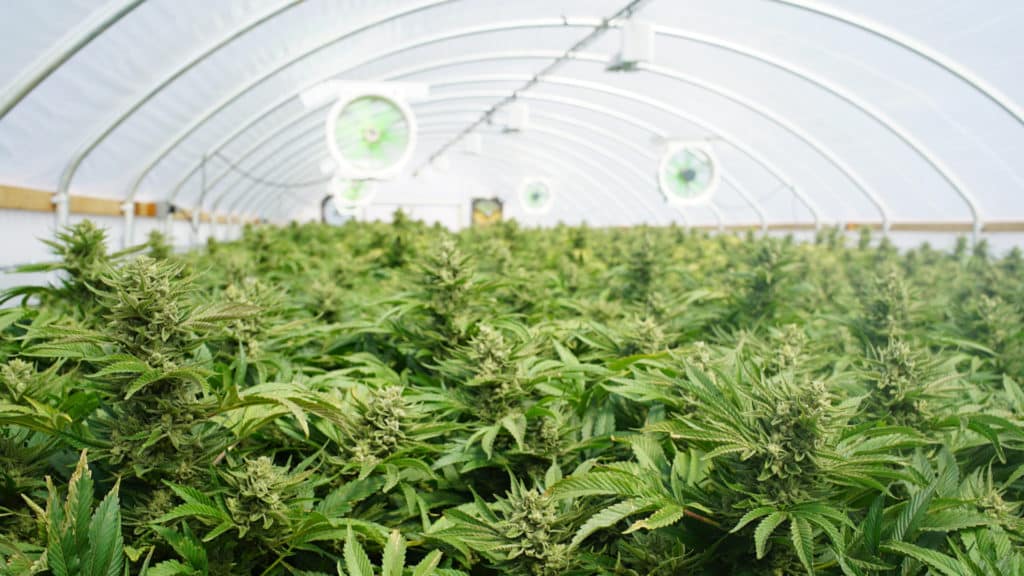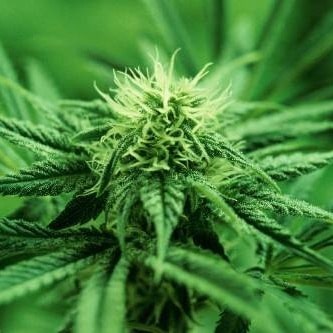Growing one of the most controversial plants in the world can be quite a daunting task. Indoor cannabis growing is a simple but expensive process when starting out, especially for beginners. People who have access to a private, sunny outdoor spot will find it easier to grow cannabis, as the plant itself requires pretty much the same conditions to thrive as a tomato plant. However, a key difference is that a tomato plant will likely produce some kind of fruit with the right care. But, with cannabis plants—where larger yields are often the goal—attention to detail is absolutely critical to success.
Growing marijuana at home for personal use is a rewarding project. Knowing the best time of year to grow outdoor weed where you live will help you get started.
Best Time for Planting Cannabis Outdoors
Timing is everything when it comes to getting started with your home cannabis garden. Too early and your plants will likely die of cold. Too late and they risk freezing as summer turns to fall. Understanding the life cycle of the strains you grow is helpful whether you start with seeds, or obtain clones.
But arguably the biggest determining factor is where you live. Climate is critical to a plant’s survival, and while you can manipulate conditions like humidity and air flow in an indoor grow room, you are subject to the natural elements when growing weed outdoors at home. As a rule, taking advantage of the summer months is the best time to grow weed outdoors, but timing varies by region. When possible, it’s advised to start your plant indoors under grow lights before moving them outside in Oregon.
When is the best time of year to grow weed in Oregon?
Growing outdoor weed in Portland (coastal climate) is vastly different from growing weed in Bend (high desert).
If you are growing closer to the Oregon coast, it’s safe to move plants outside as early as March or April so long as you have the means to protect them from any extreme weather. A hard downpour can easily topple young plants. Move plants under cover, or have a plan in place to cover them with plastic or frost cloth if needed.
In the high desert of Central Oregon, the daytime sun is hot, but the nighttime temperatures can drop to below freezing as late as mid-June, and again as soon as mid-September. It’s best to move plants outside in May-June, and keep a careful eye on the overnight temperatures. Be prepared to cover your plants to prevent frost from destroying them.
When is the best time of year to grow weed in California?
California also offers diverse marijuana home growing. Growers in NorCal must navigate the rainy, cooler temperatures and watch for mold and mildew that can grow in moist conditions. Meanwhile, SoCal growers are blessed with abundant sunshine and much drier air, but perhaps not the same soil quality as their fellow cultivators up north.
When growing in California, consider the above advice for Oregon, with NorCal most similar to the Oregon coast, and SoCal resembling the high desert of Central Oregon.
When is the best time of year to grow weed in Washington?
Growing outdoor weed in Washington comes with the same challenges as the Oregon coast. These gloomy, wet environments provide lush soil and mild temperatures but often lack the full sun that outdoor plants crave.
It’s safe to put plants outdoors in early spring in Washington, but take extra care on where you put them. Monitor the sunlight as it moves across your space over the course of a day and if possible, set up your garden where they’ll receive the most sunlight for the longest time.
When is the best time of year to grow weed in Arizona?
The key to growing cannabis in the high heat of Arizona is to start early. The stronger your plants are by the time you put them outside, the better their chance of survival. Forget about growing in the ground in Ariona, you’ll definitely need pots with nutrient-dense soil. March or early April are the ideal time to move your pots outdoors.
In the extreme heat in places like Phoenix, use pots a little bigger than you’d use in a cooler climate and keep them moist. Mulch the top of the soil with straw to help keep moisture in.
When is the best time of year to grow weed in Colorado?
Midwestern states like Colorado adhere to a four-season calendar, with a true shift in temperature every few months. Growing outdoor weed in Colorado comes with short summer months, which can be tricky to navigate when it comes to when to plant weed outdoors.
Some mountainous regions are subject to a random frost any time of year, but it’s typically safe to plant cannabis outdoors in Colorado in May-June. Observe the nighttime temps and have a plan in place to protect your crop.
Wherever you live, cannabis will thrive so long as you monitor the environment. Protect the plants from extreme weather, watch for signs of pests, mold, and mildew, and take special care to keep the plants fed and watered. Depending on the strains, cannabis is ready to harvest between early October and mid-November.
Watering Outdoor Cannabis Plants
The amount of water your plants need varies depending on your location, but in the peak summer months, you can expect to water every other day, if not daily. If your plants are in the ground, they benefit from drinking up the groundwater from any rain. Don’t rely solely on this, as plants need to be water top down as well, especially when feeding with nutrients or in the case of potted plants. If you live in a particularly wet climate, make sure your plants aren’t soggy or they are susceptible to root rot.
An adult cannabis plant may need up to 10 gallons of water daily, which means that the most efficient way to water it is with a garden hose. If your garden is expanded over a larger area, you will need an expandable hose or a hose reel to make the watering process smoother. You can buy the right garden hose reel online or visit your local gardening or home improvement store.
Check the pH Level of Your Water Supply
Yes, many people get away with watering cannabis plants straight from the hose but there are drawbacks to this. Cannabis plants uptake nutrients properly at a pH between 5.8 and 6.2. City water is generally in the 7.0 range. To pH your water you’ll need a pH meter and a water reservoir to hold the testable water supply. If the result isn’t between 5.8 and 6.2, you’ll either need to add pH Up or Ph Down to your water at the prescribed amount. These solutions are available online or from grow stores.
A useful watering tip for those who live in hot areas is to place rocks or clay soil under the planting holes to slow down the drainage and prevent the plants from getting thirsty too soon.
Some growers prefer using water-absorbing polymer crystals, which are also good at retaining water.
On the other hand, people who live in a rainy area will want to pay close attention to improving the drainage system. Cannabis roots are prone to ending up with fungal diseases, especially when they are soaked in a lot of water.
Choosing the right cannabis strain that is resistant to mold will be critical if growing in a rainy climate. Most cannabis strains grow tightly packed buds, and when they get wet the chance of developing bud rot increases. Do your best to keep your buds dry whenever possible. If they do get wet, try to gently shake each bud to rid it of excess moisture.
Ideal Soil Conditions
Cannabis requires a balance of micro and macro nutrients to thrive and produce high-quality flowers. Plants take in carbon, oxygen, and hydrogen from the air and water, but need additional nutrients in their soil. These macronutrients go by the acronym NPK, which stands for Nitrogen, Phosphorus, and Potassium. These necessary nutrients will help ensure a strong crop with hardy branches strong enough to produce and support dense, chunky buds.
The pre-mixed soil you can find at your local grow-store will full of the initial nutrients your baby transplants need to start growing strong roots. If you are planting your weed plants directly into the ground, you will have to amend your soil with compost teas and bokashi prior to planting. But this is a one-time job as opposed to the ongoing feeding and fertilizing that the plants will need during their growing season.
The age old saying “feed the soil, not the plants” couldn’t be more accurate. Tending the living soil is paramount to the success of your garden. Your plants might require a mix of feeding the topsoil and watering in the nutrients, combined with adding liquid nutrients to your water reservoir to ensure an even dosage throughout the soil.
However you decide to feed your plants, do so with caution and research or you may end up burning the plants with too much at once.
Additional Tips
Growing cannabis requires a lot of attention on your behalf, but depending on the area where you live, some external factors might not work in your favor. Here are a couple of growth tips that may come in handy:
- It might be better to plant cannabis into containers instead of directly into the ground. This allows you to move the plant wherever sunlight is brighter and warmer.
- Growing cannabis in a container also makes it easier for you to protect the plant under low temperature when it becomes hard to control the temperature of the ground soil.
- Cannabis doesn’t do well in extremely windy areas, as the branches may break, making the plant vulnerable to pests and diseases. If you live in a windy area, consider installing windbreakers.
- Protecting your cannabis plant from insects is really complicated. The best way to do so is to make sure that the plant is always healthy, as it can fight off minor infestations all by itself.
- Cannabis requires a lot of nutrients to grow. It’s important to not be tempted to feed your cannabis plants long acting fertilizers such as Miracle Grow. Instead, use nutrients that are designed for cannabis. These can be purchased easily online or at your local grow store. Proper nutrients are critical to the final THC levels in your cannabis plants so don’t skimp.
Conclusion
Growing weed at home is a complex process, but ultimately, a really fun experience. Don’t be intimidated by the requirements, but do be sure to do your research beforehand. This will save you time and money in the long run and help you get a head start on your first cannabis crop. Tend the soil, monitor the water, and provide plenty of sunlight. Enjoy your harvest!





